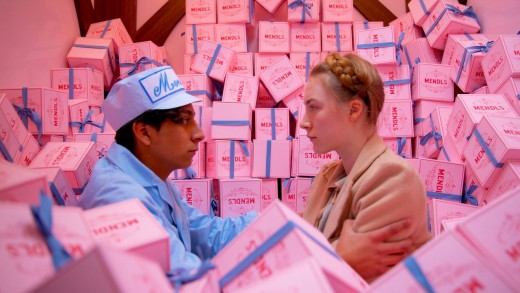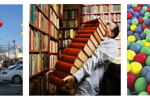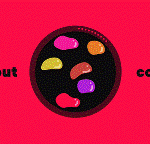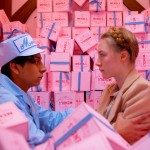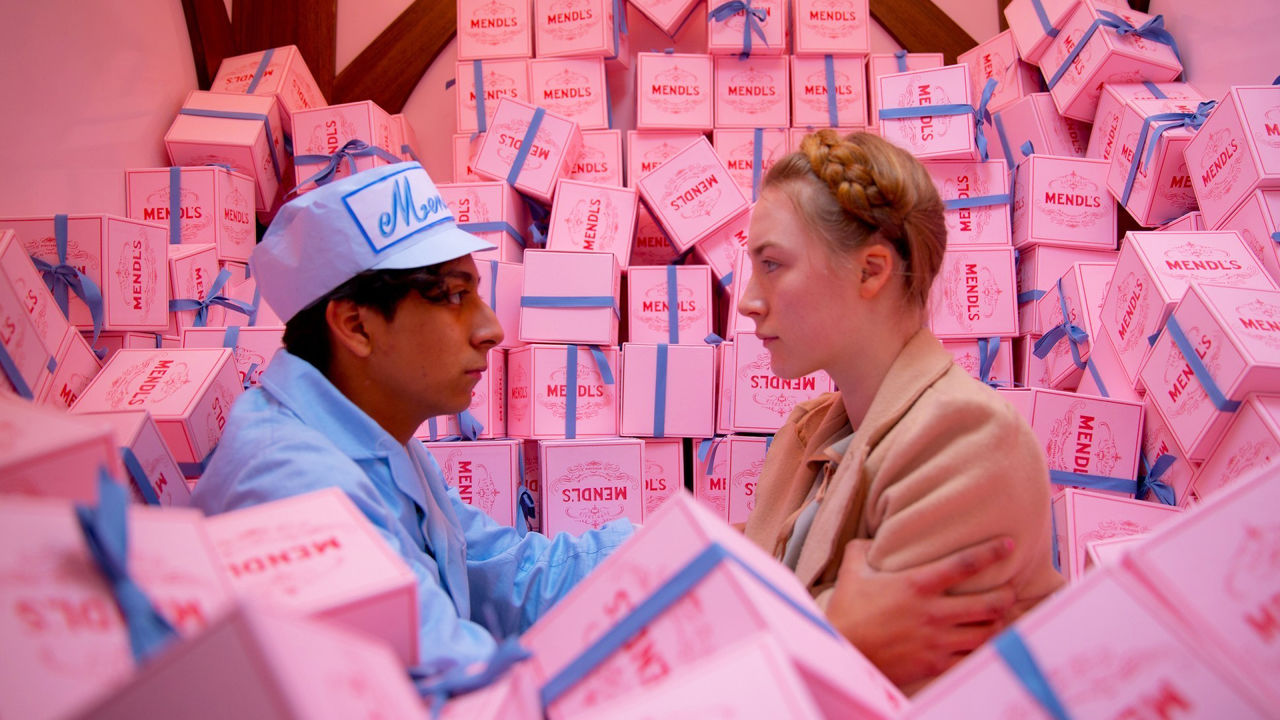throughout the Manipulative World Of movie shade Correction
professional colorists disclose their secrets and techniques—and a neuroscientist explains why they work.
July 20, 2015
You don’t all the time consider it whilst you watch motion pictures, but you’re being manipulated via coloration. take into accounts Wes Anderson’s pastel motion pictures, or the colourful tropical birds in nature documentaries. the actual world no doubt doesn’t look that way. That’s as a result of for every film there’s a colorist in the back of the scenes, controlling the colorations in each shot. and so they’re not simply seeking to make the pictures appear pretty—they’re additionally the usage of colour to steer what we expect and feel. right here’s the way it works.
Colorists’ main job is to make movie pictures fit with what we’d predict to look in the actual world. if they’re modifying a scene of a woman strolling down a street in sunlight hours, the brightness and colours need to be consistent in each shot as a result of that’s what our brains watch for. but beyond these standard fixes, colorists have a sort of “rulebook of emotions” they use to deliver feelings in a scene, says Dave Markun, a colorist who has worked in film and television for four a long time. (credit embrace Nova and Nature documentaries and the national Geographic Explorer television series.) for example, he says that hotter colours like yellow are inviting and friendly, whereas blues are thought to be extra terrible and far away. So if you happen to pay shut consideration to, say, a political advert, you’ll notice that scenes of the candidate and her domestic have a yellow tone while a scene of her opponent has more of a dark blue tint. That’s the colorist’s refined influence to your emotions.
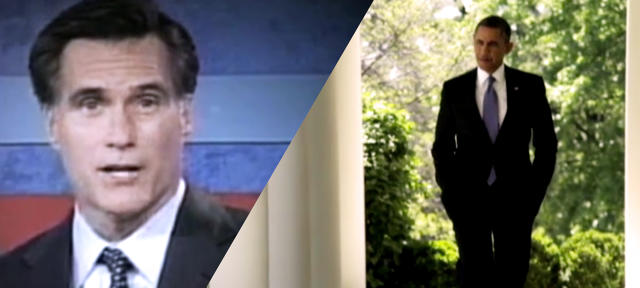
the same way applies to different colorings: colorists add pink to indicate robust thoughts, like anger or ardour or love—it tells the target audience to concentrate. pink’s close cousins, magenta and red, are the unicorns of film. They are typically applied to something ordinary, Markun says, because they’re such great, bizarre colors.
And when a colorist needs to precise creepiness or disgust, he’ll pick fluorescent inexperienced (suppose: The Matrix). “when you see inexperienced at night, it’s a hectic coloration,” Markun says. “Nothing appears to be like customary or beautiful.” Weirdly sufficient, colorists also use green to make a scene appear normal. after we see inexperienced the place we in most cases are expecting it, like a lush green lawn, it conveys happiness and health. “If I want to create a somber scene, the first thing I do is desaturate the golf green,” Markun says. “It takes the satisfied connotations out of a scene as a result of it indicates that things are dry and diseased.”
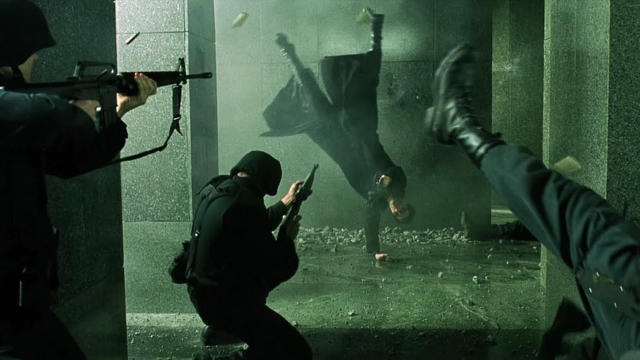
Colorists may categorical more summary ideas thru their work, like going back in time. to show a prior adventure, they add contrast and desaturate the scene, and everybody recognizes it as a flashback. “It distances the viewer from reality,” Markun says. “It tells them that we’re looking at one thing we’ve seen prior to, like a childhood memory.” The methodology additionally works to deliver a dream sequence.
Colorists’ work gets much more surreal than that: if they want to create a international world—a spot that no one has considered earlier than—they add color to blacks, grays, and whites. for example, Markun says, in the event you seem carefully within the movie Transformers, you’ll notice that all of the grey-scale tones are pushed in two guidelines: turquoise and orange. something that will have to be black, like a shadow, is in fact biased toward a blue-ish inexperienced hue, and pores and skin tones have extra of an orange-y tint. “if you need to make one thing look like a brand new world, you are making the blacks un-black and the whites un-white,” Markun says.
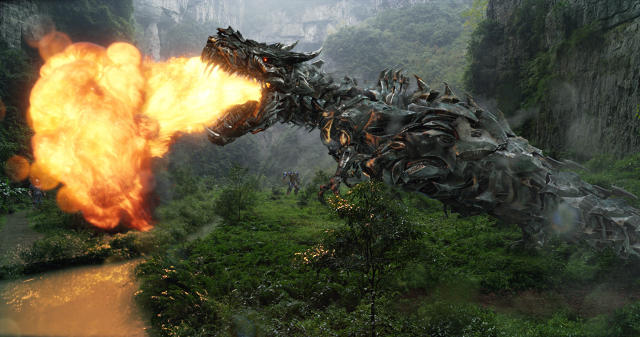
So how have colorists give you these feelings and ideas for colours? And why will we (the target market) have in mind what they’re trying to express through color? It’s now not actually clear, says Bevil Conway, a Wellesley college neuroscientist who makes a speciality of imaginative and prescient and coloration. He explains that it makes sense that colorists be in contact thru colors, as a result of coloration seems to be a very powerful source of data for people. “We’re biologically wired to care about colour, as a result of it’s a useful cue for telling us about people’s social condition and the environment,” Conway says. “It turns into an important strategy to inform you how offended any person is, how in poor health or healthy they’re.” but Conway says it’s now not all about biology—he thinks it’s possible that coloration-idea associations can have extra to do with random selections filmmakers made previously, which in the end changed into conventions. “that you would be able to’t say it’s handiest nurture,” Conway says. “The eyes are determined by using genetics, so on some degree it’s an interaction of both.”
regardless of how colorists make their selections, their picks work—we feel and think what they want us to. however even if colorists didn’t manipulate a film, movie itself is a manipulation of shade. “every single digital image has been topic to color correction—either intentionally by means of somebody tweaking the knobs, or implicitly in the algorithms anyone wrote to take the digital photography,” Conway says. “we think those images are correct representations of the actual world, however they’re now not.”
[Top Image: Still from The Grand Budapest Hotel, © 2014 Twentieth Century Fox Film Corporation]
fast company , read Full Story
(165)

